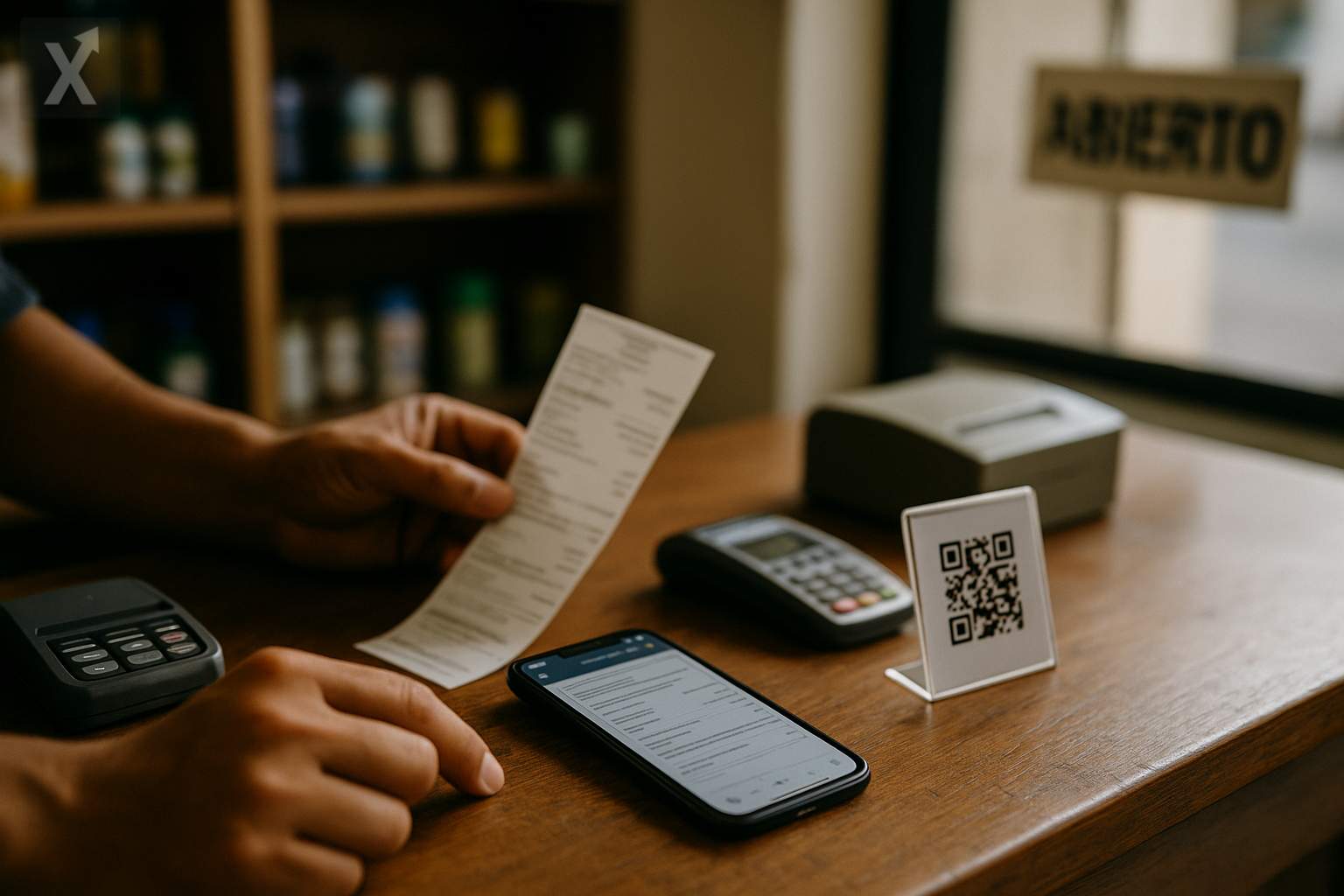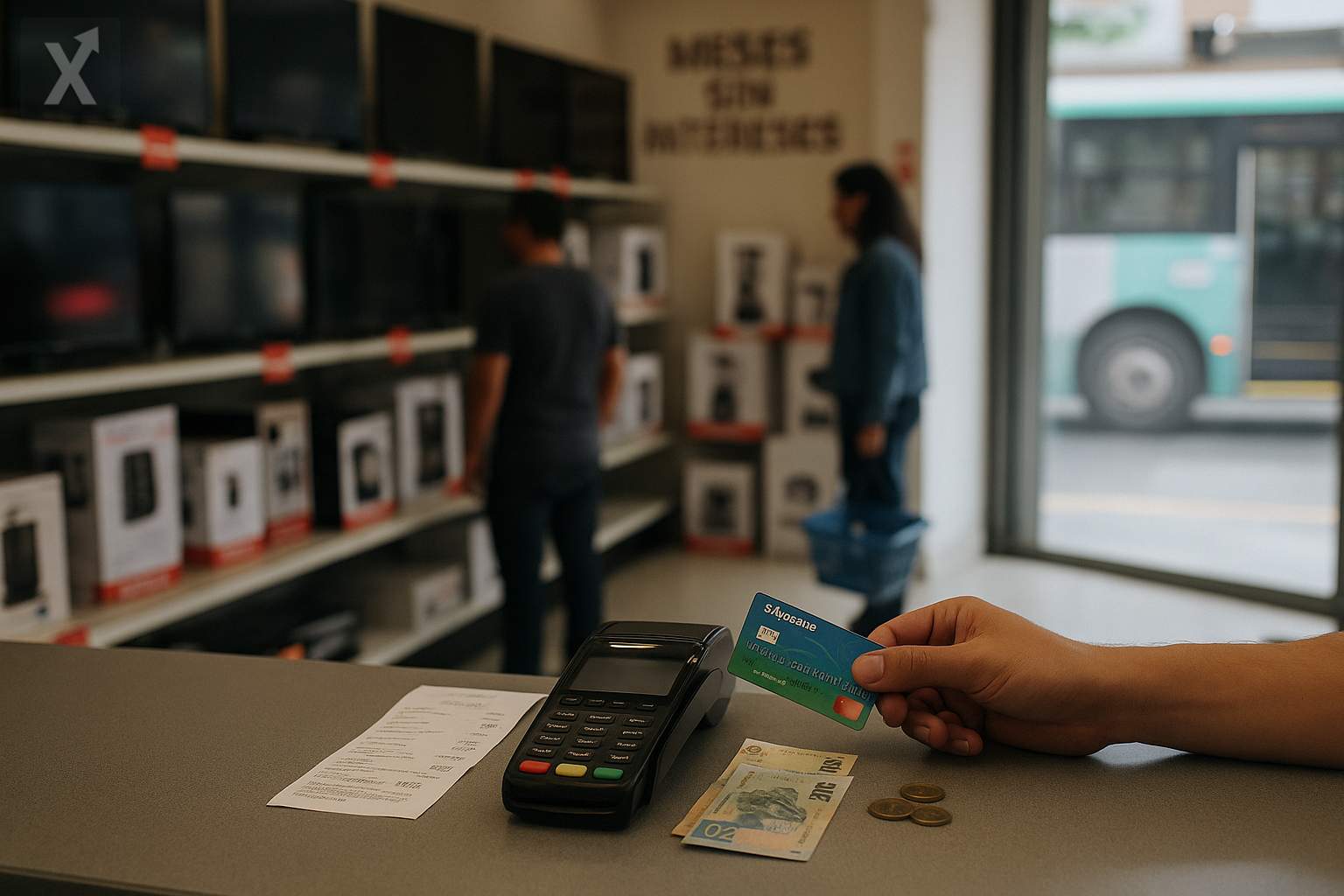SAT Expands Its Mobile Services and Strengthens Fiscal Traceability in Transportation and Invoicing

The Mexican Tax Administration Service (SAT) has expanded the features of its mobile applications with the goal of streamlining procedures and strengthening tax compliance. The updated “Factura SAT Móvil” app now allows users to incorporate add-ons such as Carta Porte and Other Rights and Taxes directly into Income or Transfer invoices, while “SAT Móvil” adds features for viewing and downloading acknowledgements of tax filings and Compliance Opinions. Additionally, “SAT ID” consolidates services such as generating or updating passwords, renewing the e.signature when applicable, and sending the Proof of Tax Status.
Digitalization of tax processes has become a core public policy strategy in Mexico: with a tax burden still low compared to peer economies, the authorities have prioritized collection efficiency without creating new taxes, leveraging the Digital Tax Receipt via Internet (CFDI), the e.signature, and the Tax Mailbox. The ability to stamp invoices in real time from a cell phone, generate QR codes with tax data, and receive instant notifications aims to reduce compliance costs and errors, as well as to close gaps for tax evasion and fraudulent invoicing.
The integration of the Carta Porte add-on into the invoicing app is especially important for the transportation of goods. This document provides proof of legal ownership for goods in transit and enhances traceability on highways, railways, at sea, and in the air. In a context of increasing logistics activity driven by nearshoring and the growth of e-commerce, having mobile tools to validate routes, goods, and custody can help reduce operational risks, prevent penalties, and speed up compliance audits.
For micro, small, and medium-sized businesses—which represent the majority of formal employment—the new features offer a way to cut back on in-person procedures and downtime. Downloading certificates and filing acknowledgements from a phone, checking one’s current tax regime and obligations, and managing digital seals and renewing e.signatures remotely can improve cash flow by speeding up the validation of clients and suppliers and facilitating invoice reconciliation.
These tools are in addition to the widespread adoption of the latest version of the CFDI and the consolidation of the Tax Mailbox as the official communication channel. The ability to consult invoices issued and received in real time, to share invoices via digital channels, and to synchronize with digital seal certificates reduces conflicts over cancellations, data discrepancies, and delayed validations—a critical issue for sectors with high inventory turnover.
Digital advancement also brings challenges. The availability of connectivity along logistics routes, taxpayers’ digital literacy, the reliability of platforms during periods of high demand, and personal data protection are all essential factors for success. Authorities and taxpayers will have to maintain strong cybersecurity practices, backup routines, and ongoing training, as well as address operational questions about correctly completing add-ons like Carta Porte.
Heading into 2025, with moderate economic growth and greater pressure on public spending, collection efficiency will remain key. The evolution of SAT’s apps points to more preventive and data-driven oversight, with automated cross-referencing between invoices, tax filings, and registries. In the medium term, there could be further integration with digital payments, banks, and commerce platforms, expanding the traceability of transactions, reducing transaction costs, and supporting greater formalization—especially in export-oriented supply chains.
In summary, SAT’s expanded mobile services reinforce administrative simplification and fiscal traceability at a time when the economy requires faster and more secure processes. Their impact will depend on adoption by SMEs and transport companies, technological stability, and public-private coordination to close compliance gaps without creating operational burdens.






